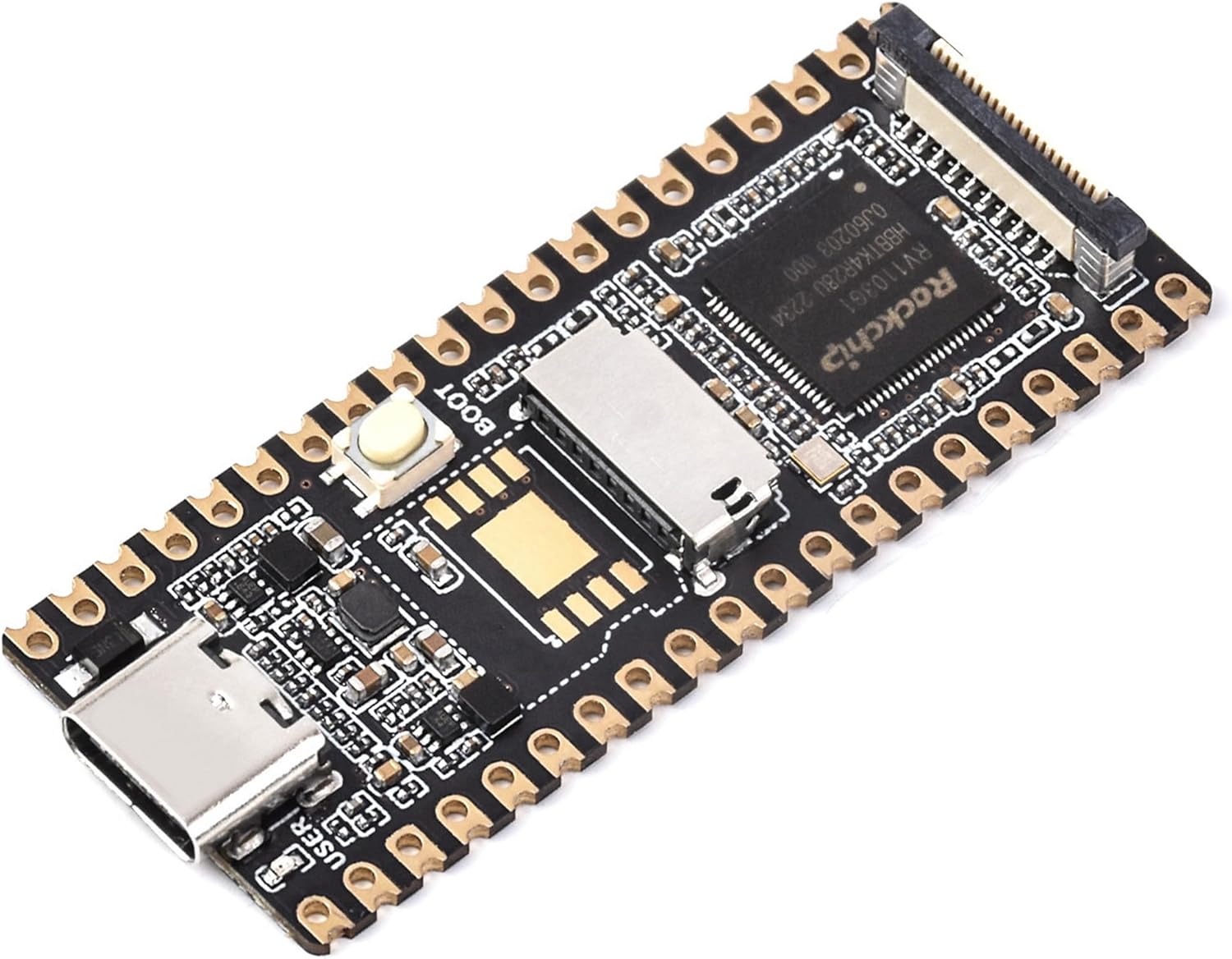








Price: $10.55
(as of Apr 10, 2025 17:06:55 UTC - Details)
The Best ISP: Your Guide to Choosing the Perfect Internet Service Provider
Introduction
In our increasingly connected world, having a reliable internet connection is more important than ever. Whether you're streaming your favorite shows, working from home, or just browsing social media, the quality of your Internet Service Provider (ISP) can make all the difference. In this article, we’ll explore the best ISP options available, focusing on various long-tail keywords that will help you make an informed decision. This guide is designed to provide you with practical information and insights, ensuring you choose the ISP that best fits your needs.
Understanding What Makes the Best ISP
When searching for the best ISP, it's essential to consider several factors, including speed, reliability, customer service, and price. But how do you determine which provider is right for you? Let’s dive deeper into these aspects to help you make an informed choice.
Internet Speed: Why It Matters
One of the most critical factors when choosing an ISP is internet speed. This metric indicates how fast data can be transferred over your connection, impacting everything from video streaming to online gaming. ISPs often advertise their speeds in megabits per second (Mbps).
Choosing the Right Speed for Your Needs
When selecting an ISP, think about your online activities. For light browsing and emailing, a lower speed may suffice. However, if you stream in high definition or have multiple devices connected simultaneously, look for an ISP that offers higher speeds—ideally, 50 Mbps or more.
Reliability: Staying Connected
No one wants to deal with constant interruptions or outages. Therefore, reliability is a crucial aspect of the best ISP. A dependable provider ensures you have a stable connection, allowing you to carry out your daily tasks without frustration.
Assessing Reliability
To gauge an ISP's reliability, check customer reviews and feedback. Look for mentions of uptime and how quickly issues are resolved. A company that prioritizes customer satisfaction is usually a good indicator of reliability.
Customer Service: Support When You Need It
When problems arise, having access to good customer service can save you time and headaches. Your chosen ISP should provide multiple channels for support, including phone, chat, and email.
Evaluating Customer Support
Before signing up, research the level of customer service offered by the ISP. Look for reviews that discuss response times and the helpfulness of support staff. A provider with excellent customer care can make a significant difference in your overall experience.
Pricing: Finding the Right Value
Cost is often a deciding factor when selecting the best ISP. Different providers offer various packages at different price points, so it’s essential to find one that fits your budget.
Comparing Pricing Options
Take the time to compare plans from different ISPs. Look beyond just the monthly rate—consider installation fees, equipment rental costs, and any promotional pricing that may change after a few months.
Bundle Options: Convenience and Savings
Many ISPs offer bundle packages that include internet, TV, and phone services. These can provide additional savings and convenience.
Weighing the Benefits of Bundling
If you need multiple services, bundling can be a cost-effective solution. Just ensure that the combined service meets your quality standards.
Data Caps: Understanding Limits
Some ISPs impose data caps, limiting the amount of data you can use each month. This can be a significant concern for heavy users.
Choosing an ISP with No Data Caps
If you frequently stream or download large files, look for an ISP that offers unlimited data plans. This way, you won't have to worry about overage fees or throttled speeds.
Availability: Finding the Right Provider in Your Area
Not all ISPs are available in every location. It's crucial to check which providers operate in your area before making a decision.
Checking ISP Availability
Most ISP websites allow you to enter your zip code to see available services. This can save you time and ensure you’re looking at options that you can actually use.
Local vs. National ISPs: What’s the Difference?
While national ISPs often have more resources, local providers can offer competitive pricing and personalized service.
Exploring Local Options
Don't overlook local ISPs in your search. They may provide better customer support and tailored services that meet your specific needs.
Conclusion
Choosing the best ISP requires careful consideration of multiple factors, including internet speed, reliability, customer service, pricing, and availability. By focusing on these aspects and exploring your options, you can find an internet service provider that fits your needs perfectly. Remember, a great ISP can enhance your online experience, so take the time to make an informed decision. With the right provider, you'll enjoy seamless connectivity and peace of mind.
Luck-fox Pico (without header, 64MB DDR2 ) is a cost-effective Linux micro development board, based on the Rock-chip RV1103 chip to provide a simple and efficient development platform for the developers. Single-core ARM Cortex-A7 32-bit core with integrated NEON and FPU
Supports a variety of interfaces including MIPI CSl, RGB LCD, GPIO, UART, SPI, 12C, USB, etc. which is convenient for developing and debugging quickly
Built-in Rock-chip self-developed 4th generation NPU, features high computing precision and supports int4, int8, and int16 hybrid quantization. The computing power of int8 is 0.5 TOPS, and up to 1.0 TOPS with int4
Built-in self-developed third-generation ISP3.2, supports 4-Megapixel, with multiple image enhancement and correction algorithms such as HDR, WDR, multi-level noise reduction, etc.
Features powerful encoding performance, supports intelligent encoding mode and adaptive stream saving according to the scene, saves more than 50% bit rate of the conventional CBR mode so that the images from camera are high-definition with smaller size, double the storage space
Built-in RISC-V MCU supports low power consumption and fast start-up, supports 250ms fast picture capture and loading AI model library at the same time to realize face recognition "in one second"
Built-in 16-bit DRAM DDR2, which is capable of sustaining demanding memory bandwidths. Integrated with built-in POR, audio codec and MAC PHY
